The nonprofit landscape is evolving rapidly in 2025, and technology is at the forefront of this transformation. In a recent episode of our “Print to Pixel” podcast, we explored how innovative nonprofit technology solutions are helping organizations navigate modern challenges, with a special focus on how direct mail automation is becoming an essential part of a well-integrated tech stack.

Postalytics CEO Dennis Kelly sat down with Brian Greenwald and Tracy Kronzak, co-founders of Benevolent Tech, to discuss how their organization is revolutionizing the way nonprofits approach technology, data, and human-centered processes during these challenging times.
The Birth of a Benevolent Business
Benevolent Tech emerged from a recognition that nonprofit organizations weren’t being adequately served by existing technology solutions. Instead of offering yet another fragmented approach, Benevolent Tech set out to create something fundamentally different.

“There is an incredibly rich and robust community both within and around the nonprofit and nonprofit tech industry,” explained Brian Greenwald, co-founder and co-CEO of Benevolent Tech. “We’re sort of a group of veterans in the industry that saw an opportunity to do something a little different.”
This desire to create change was shaped by their experiences watching nonprofits struggle with processes, data, and fragmented technology solutions. Their vision crystallized around a central idea: challenging the status quo and breaking down competitive silos within the nonprofit technology sector.
Tracy Kronzak, co-founder and Chief Strategy Officer, added a critical perspective: “My ethos on technology, particularly as applied to nonprofits, is that choice is good. Competition is good. Consolidation is bad. Centralization is out of date.”
This philosophy directly challenges outdated assumptions about what nonprofit technology solutions should look like—echoing Postalytics’ own mission to transform legacy channels through automation and integration.
Rethinking Technology’s Role in Nonprofit Organizations
What makes Benevolent Tech’s approach unique is their focus on treating technology as a means to an end, not the end itself. Technology should serve human-led processes, not dictate them.
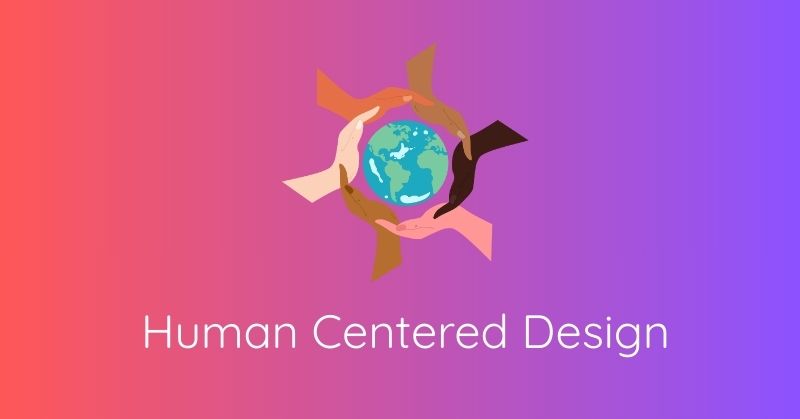
“Technology should be supporting human-led processes… it is a tool that when properly deployed can assist people of various different types of skill sets and experience levels to be more productive and better at what they do,” observed Kelly during the discussion.
Benevolent Tech embraces this perspective wholeheartedly, recognizing that technology transformation is fundamentally about organizational transformation—and that means putting people first.
“Technology change is by definition organizational change. And organizational change is actually driven by people. It’s not driven by technology,” Greenwald emphasized. “Human-centered design is a process by which folks come together. The playing field is leveled. People are put into a beginner’s mindset. Their assumptions get challenged.”
This approach creates more resilient solutions because, as Greenwald puts it, “people will embrace what they help create.” By focusing on co-creation and participatory processes, Benevolent Tech helps nonprofits develop technology strategies that actually work for their specific needs and challenges.
The Nonprofit Technology Landscape in 2025
The conversation couldn’t ignore the current climate of uncertainty affecting the nonprofit sector. In early 2025, many organizations are facing unprecedented challenges that directly impact their operations and technology needs.
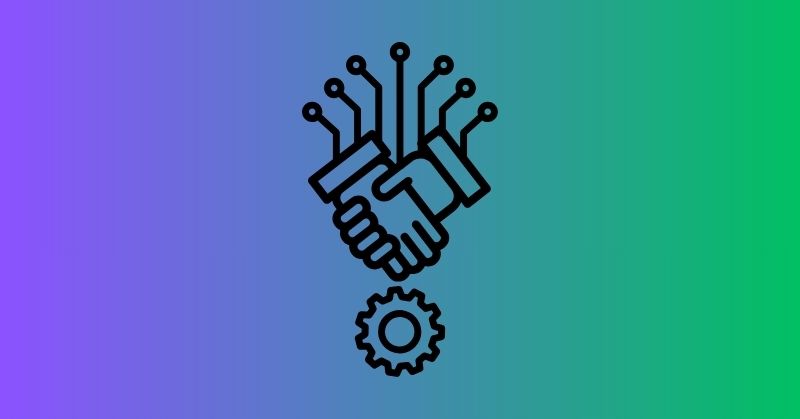
“There is a lot of fear,” shared Kronzak. “That fear is centered on what happens to my data? How do I keep working? What does it mean if the federal government does X, Y, and Z or A, B, and C to my organization or the communities that we serve?”
These concerns are driving nonprofits to seek solutions that offer both stability and flexibility. As Kronzak explained, “There are these early threads of reinstigation and recollaboration… as applied explicitly to technology, what it has also reopened up is the like, what is the response of the businesses hosting our data in the first place?”
In this climate, nonprofit technology solutions must do more than just operate efficiently—they must also be resilient in the face of uncertainty and changing conditions.
Benevolent Businesses: A New Model for Technology Partners
One of the most compelling concepts discussed in the podcast was that of “benevolent businesses”—companies that prioritize kindness, helpfulness, and human needs in their operations and partnerships.
“In the face of pressure, in the face of all of this uncertainty, we don’t have the answers, but the one thing that we know is that we’re stronger together,” said Greenwald. “How can we create kind and helpful spaces that have trust and psychological safety first?”
Benevolent Tech defines “benevolent” as kind and helpful—a straightforward approach that challenges the notion that businesses must be solely profit-driven at the expense of human needs. As Kronzak put it, they are “profit enabled, not profit driven.”
This philosophy aligns perfectly with Postalytics’ approach to transforming direct mail. By automating and integrating a traditionally disconnected channel, we’re helping nonprofits do more with less while achieving better results—the very definition of a benevolent business solution.
Direct Mail Automation: Breaking Down Old Assumptions
A key part of the conversation focused on how Postalytics is changing the direct mail landscape for nonprofits—challenging long-held assumptions about this traditional channel.
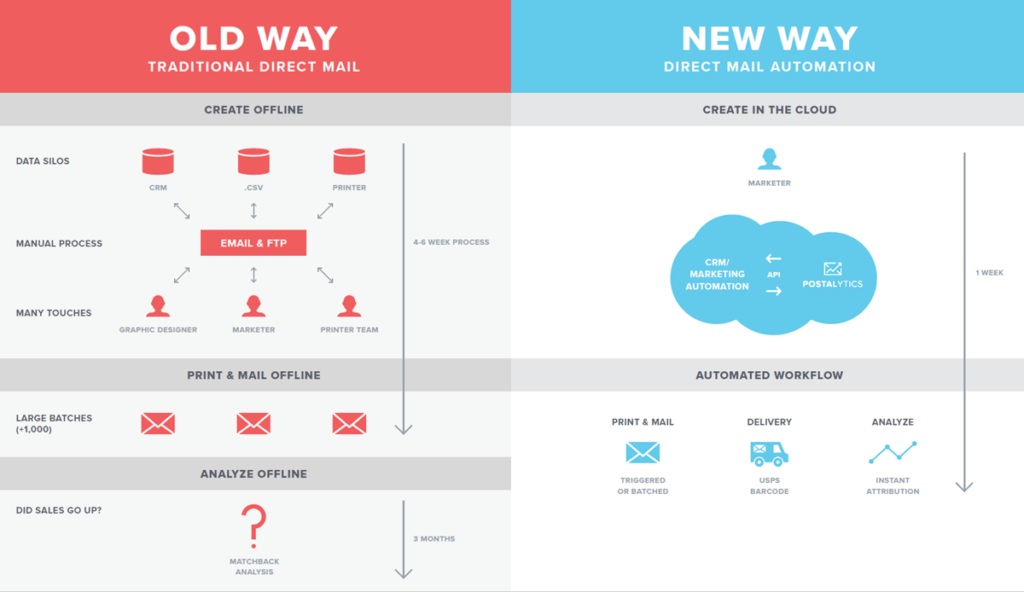
“What I love about Postalytics is that you’re removing a dependency from these organizations where they can start to actually own and operate their direct mail programs more directly,” Greenwald noted.
This independence is critical for nonprofits looking to maximize their resources while maintaining meaningful connections with supporters. Direct mail remains an effective channel, but it needs to evolve alongside digital marketing strategies.
“It’s actually about relationship building at a distance,” Greenwald explained. “We focus so much on the channel… it’s digital trend. But it’s well, it’s actually about relationship building at a distance.”
Kronzak highlighted how Postalytics exemplifies the kind of innovation nonprofits need: “You’re innovating that delivery process in a way that can do two things. It can give insight into the most practical data of the process. You do it on demand and you do it in a way that actually is changing how the process itself works.”
This perfectly encapsulates what modern nonprofit technology solutions should do—not just digitize existing processes, but reimagine them entirely.
The Right Data View vs. The Complete Data View
Another critical insight from the conversation was the importance of providing the right data view rather than attempting to create a mythical “360-degree view” of supporters.
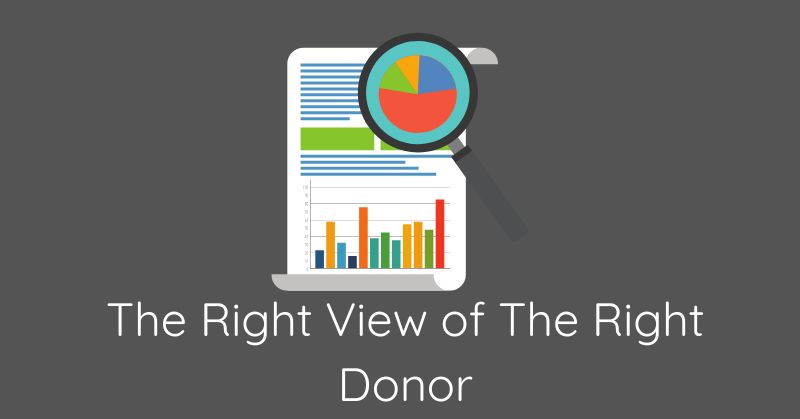
“I don’t even use 360 view anymore as a promise or as a catchphrase because I wrote a piece a few years ago saying 360 is dead,” said Kronzak. “What I use instead is I want the right view of the right person that meets our goals as a mission-driven organization.”
This targeted approach to data makes much more sense for resource-constrained nonprofits. Rather than trying to capture and store every possible data point, organizations should focus on collecting and using the specific information that helps them build better relationships and achieve their mission.
“The right view is the summary of that personalized to a person that will enable that direct giving officer or the development director or the major donor officer to have that conversation that can unlock the next funding and the next programmatic success,” Kronzak explained.
This is precisely why direct mail automation platforms like Postalytics are so valuable—they provide actionable delivery and response data that can integrate with other systems, giving nonprofits exactly the insights they need without overwhelming them with unnecessary information.
Building Community Through Technology
The podcast conversation also highlighted the upcoming HubSpot Day at the Nonprofit Technology Conference (NTC) on April 15, 2025, in Baltimore—an event sponsored by Postalytics and organized by Benevolent Tech.
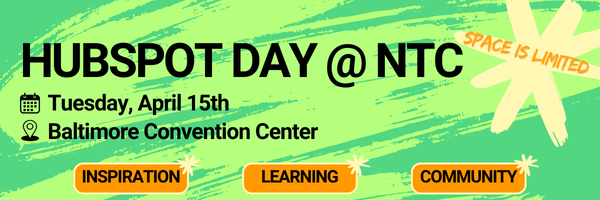
This free event for nonprofit professionals emphasizes the community-building aspect of technology adoption. As Kronzak explained, the goal is “to kick off community understanding around what it could be possible using this platform and using solutions in this ecosystem.“
The event aims to create spaces for learning, conversation, networking, and collaboration—not sales pitches. This approach reflects the fundamental understanding that nonprofit technology solutions work best when they’re part of a supportive ecosystem rather than isolated tools.
“We need to come together as a broader community, nonprofits and for-profits alike, and say, look, we need new approaches. We need new ideas. We need new platforms in this space,” said Greenwald.
The Future of Nonprofit Technology Solutions
As nonprofits navigate the challenges of 2025 and beyond, the conversation highlighted several key trends that will shape nonprofit technology solutions:
- Integration over centralization: Rather than trying to force everything into one system, nonprofits need solutions that work well together.
- Human-centered design: Technology should be designed around the people who use it, not the other way around.
- Actionable data: Focus on providing the right information at the right time, not collecting everything.
- Community-driven innovation: The best solutions emerge from collaboration between nonprofits, technology providers, and other stakeholders.
- Mission-aligned partnerships: Working with businesses that share your values and understand your challenges.
“The journey from 2025 to 2030,” Kronzak predicted, “is going to be a time where every organization needs to think innovatively, transformationally, and redo their original ideation around why they’re doing what they’re doing and the tools they’re doing it with.”
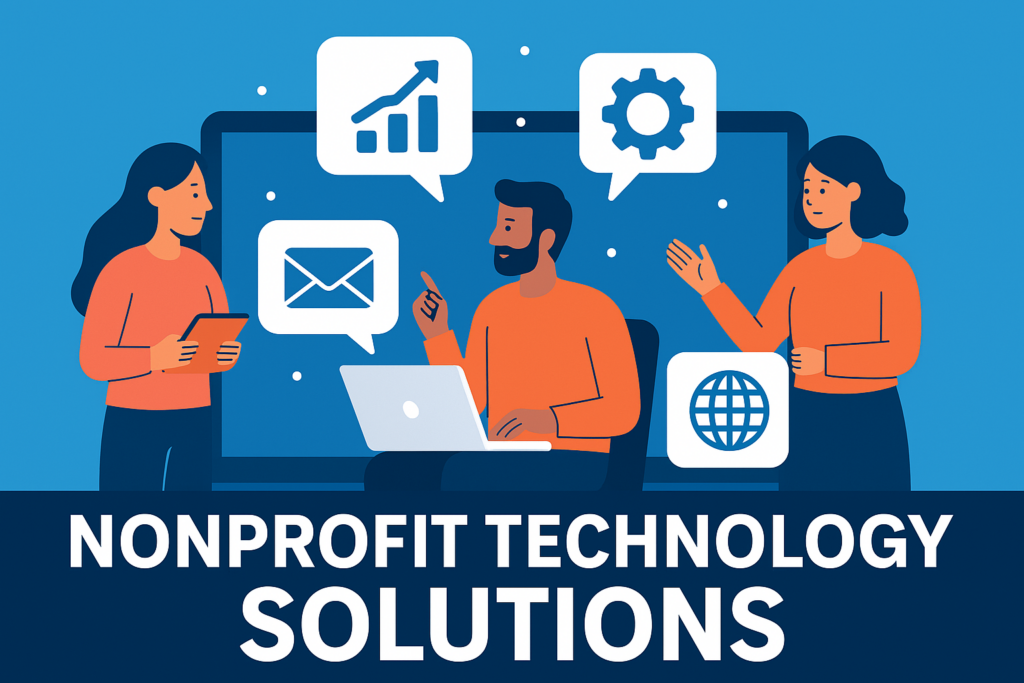
Conclusion: A Time for Transformation
The conversation between Dennis Kelly, Brian Greenwald, and Tracy Kronzak reveals a critical truth for nonprofits in 2025: this is a time that demands both resilience and transformation. Traditional approaches to technology—including direct mail—simply won’t suffice.
By challenging outdated assumptions about what nonprofit technology solutions should look like, organizations like Benevolent Tech and Postalytics are creating new possibilities for nonprofits to achieve their missions more effectively.
“We would rather have a conversation and guide you to the right solution that is not ours, if that’s going to help you achieve your goals, than not have the conversation,” said Greenwald, encapsulating the benevolent business approach perfectly.
This collaborative, mission-first mindset is exactly what nonprofits need from their technology partners. As the sector continues to navigate uncertainty, these partnerships will become increasingly valuable—helping organizations not just survive but thrive through technology that truly supports their human-led processes.
Want to learn more about how Postalytics is transforming direct mail for nonprofits? Talk to us and see how we’re making direct mail as fast, measurable, and flexible as email marketing.
About the Author

Dennis Kelly
Dennis Kelly is CEO and co-founder of Postalytics, the leading direct mail automation platform for marketers to build, deploy and manage direct mail marketing campaigns. Postalytics is Dennis’ 6th startup. He has been involved in starting and growing early-stage technology ventures for over 30 years and has held senior management roles at a diverse set of large technology firms including Computer Associates, Palm Inc. and Achieve Healthcare Information Systems.
